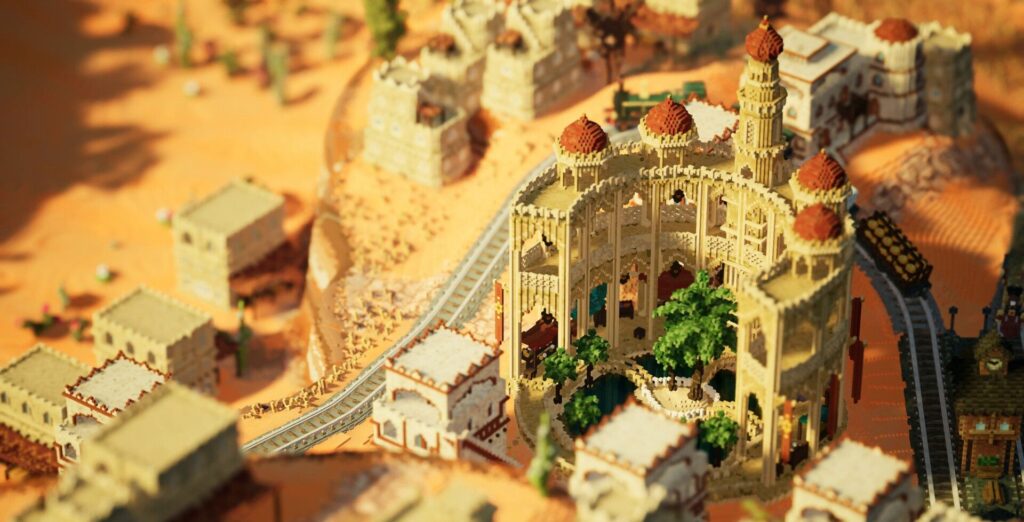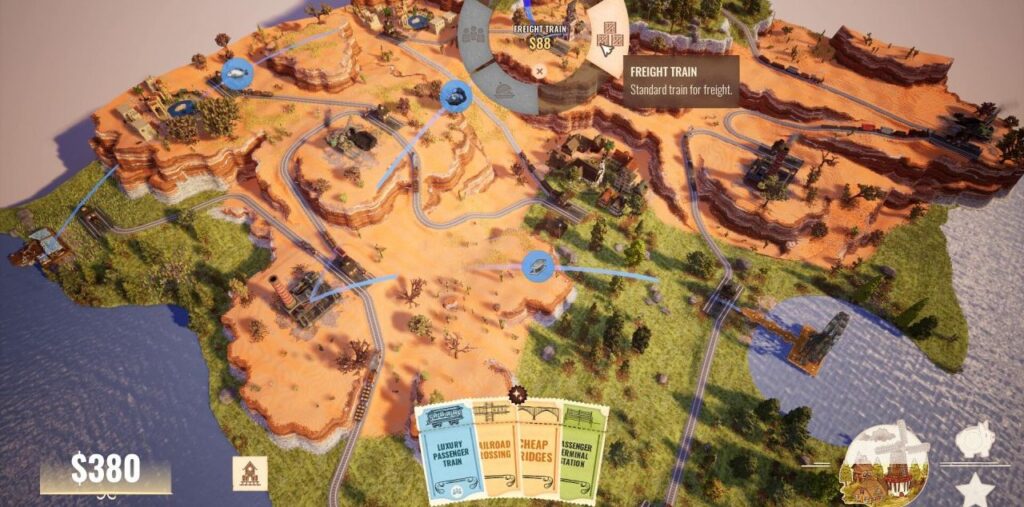Heya friendos! When you’re reading this, I’m out in the Champagne region in France, which allows you to officially call me a Champagne instead of just a sparkling Daan. It’ll be an interesting week for me. Let’s go through why exactly that is, while we also take a trip down memory lane!
How Am I Doing?
Good, thought still recovering from a pretty bad cold. I thought it was over by this time last week, but it came back threefold. Had one of those coughs that keep you up at night, you know? At the time of writing, it’s already a lot better, so I’m assuming I’ve recovered by the time you’re reading this.
I’ve got an exciting week to look forward to, because I’ll be taking a short trip, to the aforementioned Champagne region. I love taking trains, they’re my favorite form of transport. I tend to just stare out of the window and listen to music, as the countryside zooms by. Often, I’ll take a very early train so sometimes I get treated to a nice sunrise as well. It’s a great way for me to disconnect completely from the things I’m struggling with in my head.
What Am I Doing?
I’m visiting friends and creative peers to essentially do a 4-day game jam. We’ll be brainstorming and prototyping a bunch of game ideas to see if we can kickstart development on a commercially viable project, affably called BuildyCrafty. How will we do that? We’ve done some legwork beforehand when it comes to market research and sharing inspiration, but from the moment of my arrival onward, we’re pretty much going in blind!
My assumption is we’ll make some pen and paper prototypes and then compare them for viability production-wise and marketability. We don’t want to spend a lot of time on making it and get a decent return on investment out of it. Will it be a masterpiece? Probably not. Will it be a fun experiment to tackle game development like this? Absolutely.
Station to Station
Speaking of trains, I’ve been playing Station to Station. It’s a cozy puzzle game that really managed to hit that model train workshop vibe. It provided me with a good 10 hours of relaxing fun and comes with a map editor, which will allow me to squeeze out at least another 10 probably.

I have an (incredibly) tenuous connection to this game. Way back in 2013, over a decade ago now, I used to intern for a company called Ronimo. The technical lead there, Joost van Dongen, used to do a lot of cool graphics programming experiments. I don’t exactly recall the context, but I vaguely remember him talking about a way to render lots of voxels efficiently using the GPU. There’s a splinter of a memory that makes me wonder if he was proposing an art style for a new project, that then got shut down by the rest of the team. But then again, he was also working on his own solo project already, so it could’ve been that.
Either way, Joost always had an interesting eye for art direction. He made a mobile game using the style of De Stijl, as well as a shmup where he controls the enemies, live with a cello. I think in a way, seeing those projects planted the seed for me to become a technical artist years later. I’ve never liked spending too much time on creating art assets, and my way to go about creating something visually interesting usually comes from finding a fast asset to production pipeline. From hiding imperfections using post-processing to snatching free models from the internet and making them my own using shaders, I don’t hesitate to cut corners like that.
Anyway, Joost left Ronimo shortly before the company went bankrupt and started his own company called Galaxy Grove, to focus on making simulation- and management-style games. Surprise! That’s the studio that made Station to Station.

Dissonance
However, there is a lesson here. It seems there’s a divisive factor about the game. Some people expect it to be a simulation/management game, going on the promotion materials, even though it is a puzzle game with relatively linear solutions. By Joost’s own admission, it’s a puzzle game masquerading as a management game, so naturally that’s going to ruffle some feathers.
A similar thing happened to Jonas, who I’m going to jam with this week. His game Surmount (go play it!), looks a lot like a cozy, cutesy game. In many ways, it is, but in other ways, it has some of the hardcore friction you would expect of roguelikes or even physics-based rage games. This creates a sort of dissonance between what players expect when they buy the game, to their experience of actually playing it.
Curiously, this is not a problem for all players. Some people (me included), actually like that dissonance. When it comes to art, I’m a staunch believer in harnassing dissonance, giving people experiences that they didn’t know they were going to get. That being said, it’s not necessarily good for business. Generally, people want what they read on the tin.
So for project BuildyCrafty, we’ll probably play it safe: create a concept that’s descriptive, easy-to-grasp and looks like how it plays.
Why Am I Doing? (this)
Seeing as we don’t know exactly where this experiment is going to end up, I want to take some extra care documenting the process. That’s why, before we even started conceptualizing anything, I’m digging the recesses of my mind to understand what, why, and how I feel about some creative choices I’m making. We’ll see how successful I’ll actually be at that, especially if I end up diving into production.
Either way, keep an eye out for next week’s newsletter, which will hopefully be overflowing with juicy game ideas and fun anecdotes!
